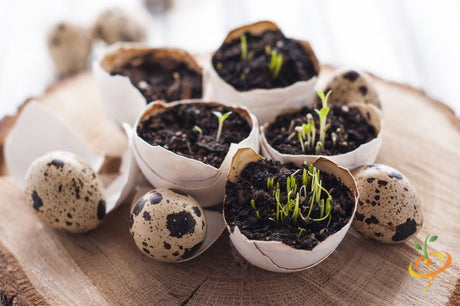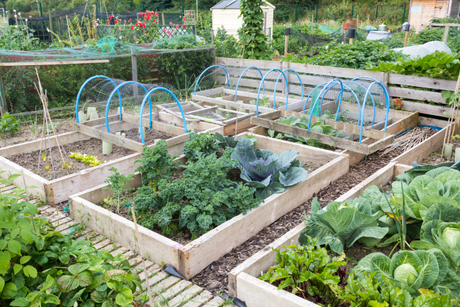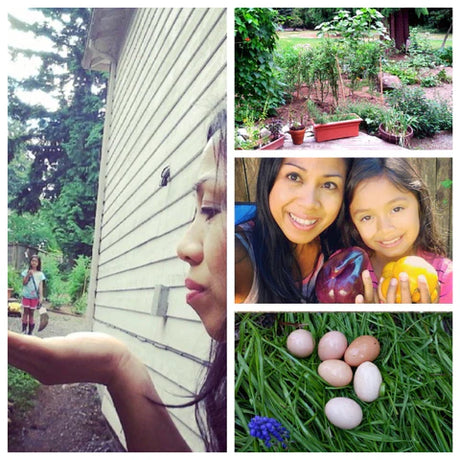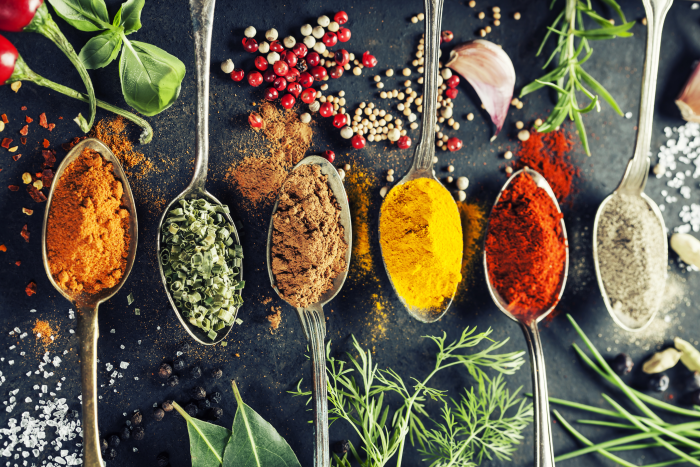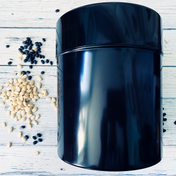|
About Onion
Onions are easy to grow, have a fairly short growing period and take up little space in the garden. If you don’t have a vegetable garden, plant a few onions in your flower garden or in a pot or box and set them on your patio or in a sunny window.
Onions are a cool-season crop, hardy to frost and light freezes, although certain varieties are exceptions. They can be grown practically everywhere, and prefer a cool- season start. Onions are as hardy as they come. Frosts, freezing temperatures and snow will not kill them. They should have steadily moist soil and even growing weather to mature at a steady pace. Otherwise they bolt to seed or do not form good bulbs. High temperatures and low humidity are advantageous during bulbing and curing.

When to Plant
Onions are relatively hardy, so planting can begin as soon as the soil is dried out and workable in spring. In milder climates( >zone 8), they can be planted in fall for spring harvest. If planted in too cool weather, onions will not form bulbs. Onions can be planted as soon as the garden can be tilled in the spring, usually late March or early April in prime growing regions. Good fertility, adequate soil moisture and cool temperatures aid development
How to Plant
Plant onions 1/4 inch deep and 3 to 4 inches apart in double rows, leaving 6 to 10 inches between rows. Be sure to leave enough room between rows to weed. If the onions are planted closer together, you can harvest every other plant as a green onion so that bulb development of the remaining plants is not impeded.
How to Harvest
Once your onion tops begin to fall or flop over, it might be time to harvest them. If the weather is wet or frost seems possible, move the harvested onions immediately into a protected spot to dry and fully cure. As they dry, the necks will wither and tighten around the bulbs. At this point you can use scissors to trim the roots off the bottom of each bulb and put into the onions into long term storage.
Onions are ready to harvest approximately 150 days after planting seeds, and approximately 100 days after transplanting sets. Green or spring onions are pulled as needed when the stems are about 1/4 inch thick.
Pull green onions anytime after the tops are 6 inches tall. Green onions become stronger in flavor with age and increasing size. They may be used for cooking when they are too strong to eat raw. Sweet onions generally store poorly, whereas pungent varieties store well because of a high content of aromatics, which act as preservatives.
Remove any plants that have formed flower stalks and use immediately. They do not produce good bulbs for dry storage.
For dry onions, those that will be dug and stored, the tops will start to yellow off and fall as the bulbs are maturing probably late July or early August, as can be seen in the nearby image. If the entire row does not ripen uniformly, when the majority of onions are ripe, knock down the foliage of the others with the back of a rake. Dig the onions carefully and allow them to dry in the open sun for a few days. Rinse off the dirt and allow the onions to dry with the tops still attached in the open air for about 2-3 weeks. Then, cut the tops and roots off of the onion, and allow the cuts to air dry for two or three days. This will help to seal the onion and avoid premature spoiling. Store in a porous or net bag in a cool, dry place.
To keep mature onions for a longer period of time, lay them in a single layer on newspaper in a warm, well ventilated place to cure for 2-3 weeks. Leave undisturbed until the outer skin becomes papery and crispy dry. Select unbruised onions, rub off the stringy roots and braid the tops. Braid and hang them in bunches or place in mesh bags and hang away from moisture. If onions are stored in a cool dry place (50 to 60 degrees), they will keep for 6-8 months.
To store scallions or green onions, place them in a jar or vase and put some water in the bottom. You can continue to cut the tips as they grow, and they won't spoil for quite some time.
|













